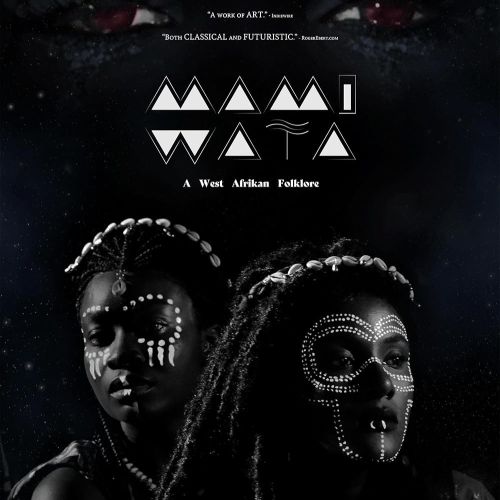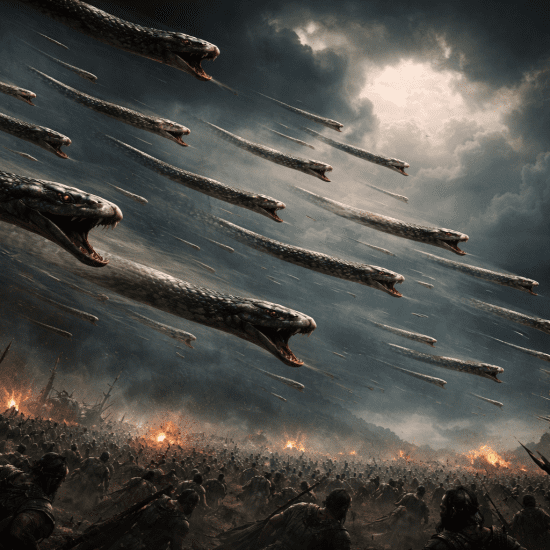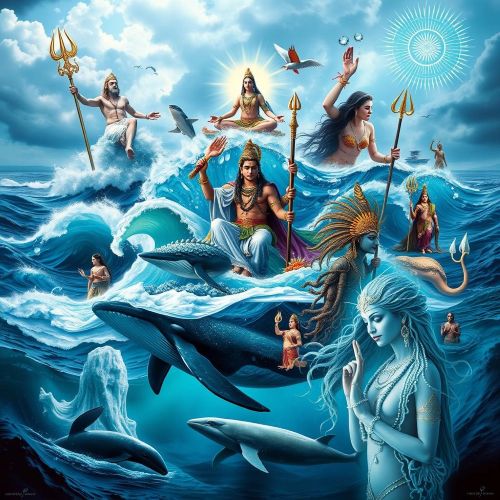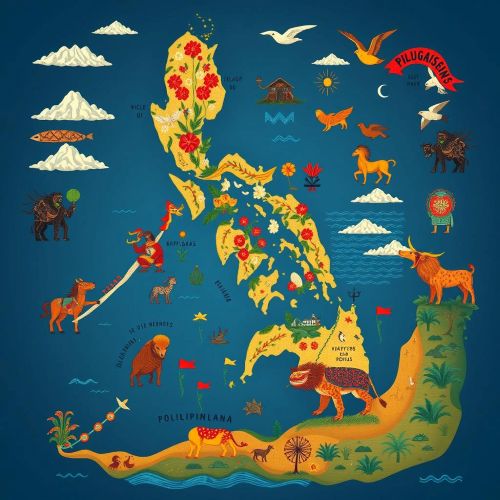Guardians of Land, Sea, and Spirit: Nagined, Arapayan, and Makabarubak
The Philippines, an archipelago rich in culture and tradition, is home to a vibrant tapestry of myths, legends, and supernatural beings. Among the lesser-known yet deeply intriguing figures in Philippine mythology are Nagined, Arapayan, and Makabarubak. These three mythological beings play significant roles in the indigenous beliefs of various ethnic groups across the country, reflecting a unique blend of animism, ancestral reverence, and localized spiritual systems.
In this article, we explore the identities, origins, and cultural significance of Nagined, Arapayan, and Makabarubak in Philippine mythology, shedding light on how these enigmatic entities reflect the deep-rooted spiritual beliefs of the Filipino people.
Nagined: The Sea Guardian
Nagined is often described as a powerful sea spirit or serpent deity revered by coastal and island communities. In certain Visayan traditions, Nagined is believed to dwell in deep waters, guarding the sea and its creatures. Much like the naga of Southeast Asian mythology, Nagined may appear as a massive serpent or dragon-like entity associated with both protection and destruction.
Fisherfolk and seafarers pay homage to Nagined before embarking on long voyages. Offerings of food, flowers, or even small trinkets are sometimes cast into the sea as a way to appease the spirit and ask for calm waters. Nagined is not just a creature to be feared but also respected. When properly honored, Nagined ensures bountiful catches and safe travels. However, disrespecting the sea or overharvesting its resources could provoke Nagined’s wrath, resulting in storms or accidents at sea.
Nagined represents nature’s balance and the sacredness of water—a vital aspect of island life. Stories of Nagined passed down through generations act as cautionary tales, teaching communities the importance of living in harmony with the ocean.
Arapayan: The Forest Dweller
While Nagined rules the sea, Arapayan is the mystical being associated with forests and mountains. Arapayan appears in various tribal myths, particularly among upland communities in Luzon and Mindanao. Often described as a shadowy, elusive spirit, Arapayan is both a guardian of the forest and a test of human character.
Arapayan typically takes on the appearance of a wild man, covered in hair and with glowing eyes. In some accounts, Arapayan shapeshifts into animals like deer or birds to observe intruders in its domain. Travelers who disrespect the forest—by cutting down trees indiscriminately or littering—may get lost or fall ill, believed to be Arapayan’s punishment.
In many tales, Arapayan is not entirely malevolent. People who show respect to the land may receive guidance, shelter, or even blessings. Local shamans often recount stories of spiritual encounters with Arapayan, where the spirit bestows knowledge about healing plants or warns of environmental imbalance.
Arapayan embodies the spirit of untouched nature, reminding us of the sacredness of forests and the need to protect them from exploitation.
Makabarubak: The Healer and Transformer
Of the three, Makabarubak is perhaps the most mysterious and spiritually complex. Found in the lore of certain Mindanaoan tribes, particularly the Manobo and Mandaya, Makabarubak is revered as a healer spirit or demi-god. Often invoked during rituals and healing ceremonies, Makabarubak bridges the human and spirit worlds, serving as a messenger and guide.
Makabarubak is typically represented as a luminous being, sometimes appearing in dreams or visions to chosen individuals—often shamans or babaylans (spiritual healers). They are believed to teach medicinal knowledge, offer protection from malevolent spirits, and assist in rituals involving soul retrieval or exorcism.
What makes Makabarubak especially significant is their transformative power. Some stories tell of Makabarubak guiding individuals through intense personal trials or spiritual rebirth, often resulting in newfound abilities or wisdom. In this way, Makabarubak symbolizes healing not only of the body but of the soul and community.
The reverence for Makabarubak underscores the importance of mental, physical, and spiritual well-being in indigenous Filipino belief systems—a holistic approach that predates modern medicine.
Cultural Significance and Shared Themes
Though they come from different regions and domains—Nagined from the sea, Arapayan from the forest, and Makabarubak from the spiritual plane—these three figures share several thematic elements:
-
Guardianship: Each entity protects its realm, whether it be water, land, or spirit.
-
Reciprocity: Respect and reverence ensure blessings; disrespect leads to punishment.
-
Balance: These figures highlight the need for balance between human activity and nature.
-
Connection to Ancestors: Stories of these beings are passed through oral traditions, often linked to ancestral spirits and cultural memory.
Their continued presence in folklore serves as both a spiritual anchor and a tool for environmental and moral education. In modern times, with increasing awareness of indigenous rights and ecological preservation, figures like Nagined, Arapayan, and Makabarubak are being re-examined as symbols of wisdom and sustainability.
Conclusion
Nagined, Arapayan, and Makabarubak may not be as widely known as other figures in global mythology, but their roles in Philippine cultural heritage are deeply significant. They reflect an ancient worldview where every element of nature is alive, conscious, and sacred. In an age of ecological crisis and cultural homogenization, revisiting these myths can inspire a renewed respect for indigenous wisdom and our place within the natural world.
To explore more fascinating beings from mythology around the world, visit Mythlok—your gateway to the mythical realms of ancient cultures.
No posts were found.









